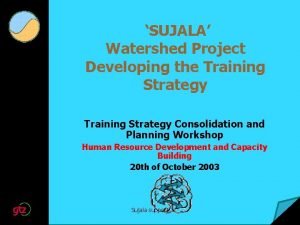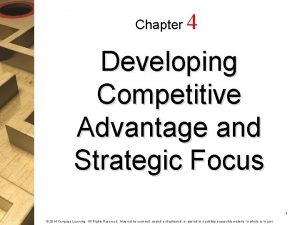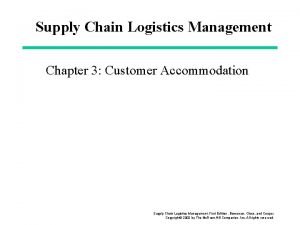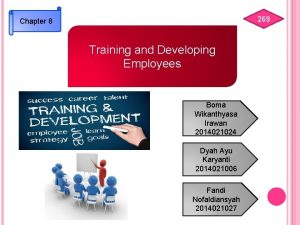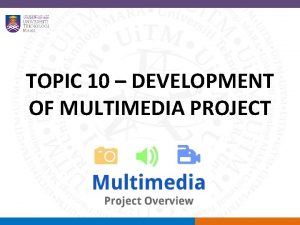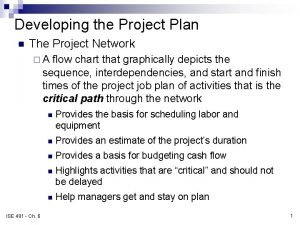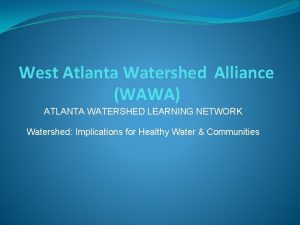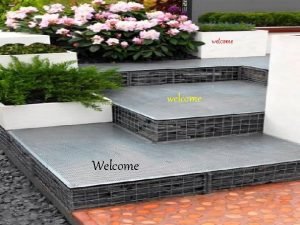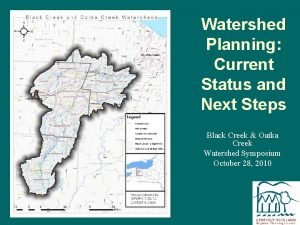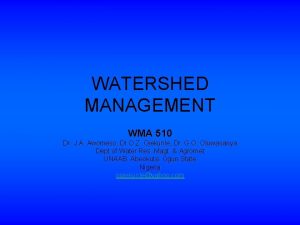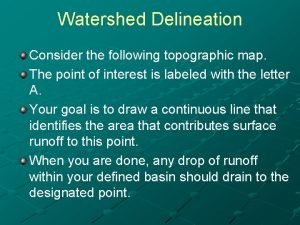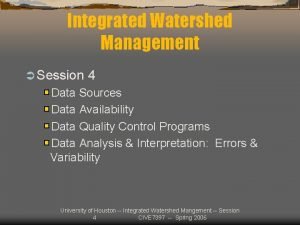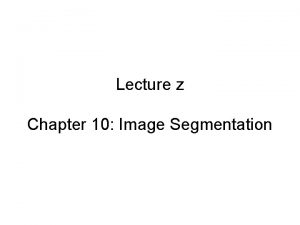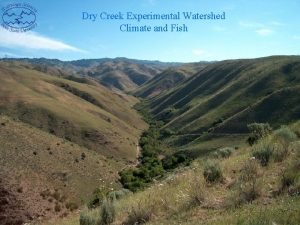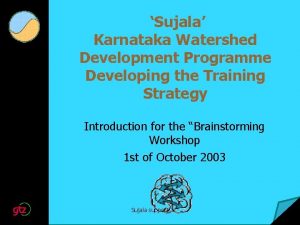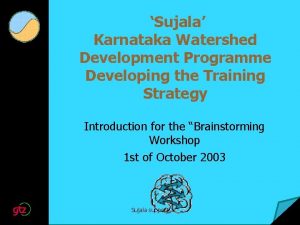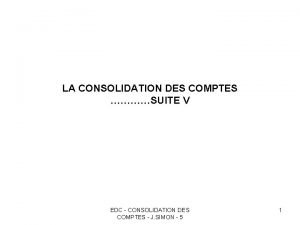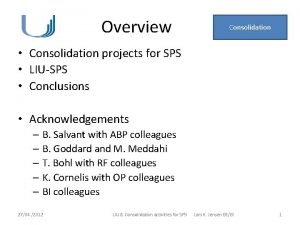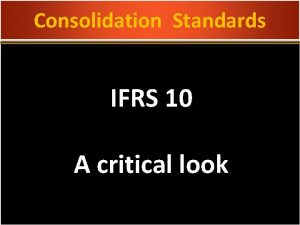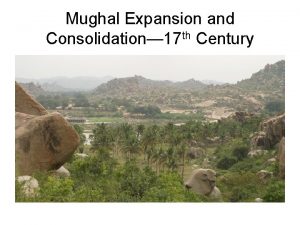SUJALA Watershed Project Developing the Training Strategy Consolidation





























- Slides: 29

‘SUJALA’ Watershed Project Developing the Training Strategy Consolidation and Planning Workshop Human Resource Development and Capacity Building 20 th of October 2003 Sujala support

CAPACITY BUILDING IN WATERSHED AND RURAL DEVELOPMENT Outline • • Scope of the Mission Major Issues of Concern What is Capacity Building Organisational Structure Management System Capacity Building and Training Outlook Sujala support

CAPACITY BUILDING IN WATERSHED AND RURAL DEVELOPMENT Our Scope General training strategy for the remainder of the project, including solutions for effective management and implementation. Revised training plan that will facilitate effective implementation of the training strategy. Concrete and practical suggestions for linking evaluation of training initiatives with the WDD monitoring and evaluation system. Sujala support

CAPACITY BUILDING IN WATERSHED AND RURAL DEVELOPMENT Our Guiding Questions • • What should be the final outcome of the project? What is the current performance of the system and its actors? To reach this, what functions have to be fulfilled and by whom? How does it have to improve or change to match the required functions? Sujala support

CAPACITY BUILDING IN WATERSHED AND RURAL DEVELOPMENT Purpose of the Workshop Inform about our approach and scope Share preliminary findings for the future of the training programmes in the SUJALA project Present ideas, issues, problems related to the training system in SUJALA project. Discuss the efforts undertaken in the past and efforts possible to be undertaken. Sujala support

CAPACITY BUILDING IN WATERSHED AND RURAL DEVELOPMENT Major Issues of Concern • • Unclear definition of capacity building Deficiencies in the overview about training events and progress Difficulties of integration of technical, social and managerial issues in training Sub-optimal management system Unclear organisational structure An enormous time pressure Sujala support but ……! 6

What has been achieved? • • • Training Courses have been streamlined and standardised Integration of social, managerial and technical training courses started Preparation of training material started A monitoring system works professionally Management Information System starts to work HRD Training Management Cell is installed at WDD and has qualified core staff All institutions (incl. new DRG at District level) are in place TOR for revision of TNA issued Sujala support but ……! 7

CAPACITY BUILDING IN WATERSHED AND RURAL DEVELOPMENT Education (university, school) allows individuals to broaden their knowledge and personally develop towards the future. Training allows specific skills and knowledge to be learned and applied immediately. It is based on practical competence and pre-determined outcomes. Training is one tool for capacity building. Sujala support

CAPACITY BUILDING IN WATERSHED AND RURAL DEVELOPMENT Capacity building is the process of strengthening • procedures as well as • organisational, • institutional and intra-institutional capabilities of individuals, institutions and organisations in charge of watershed development. Sujala support

CAPACITY BUILDING IN WATERSHED AND RURAL DEVELOPMENT Target groups are not the participants as individuals but as representatives of institutions and organisations with responsibilities in watershed development. Sujala support 10

CAPACITY BUILDING IN WATERSHED AND RURAL DEVELOPMENT Purpose of capacity building is to enable actors to competently execute their duties and tasks. The tools for capacity building are different kinds of training and exposure activities and learning by doing. Sujala support

CAPACITY BUILDING IN WATERSHED AND RURAL DEVELOPMENT Building awareness Strengthening cooperation and integration among actors/institutions Strengthening knowledge and skills to do the job within the watershed project Strengthening the technical capabilities of institutions and organisations Strengthening the regulative and integrative framework of the project Sujala support 12

The Organisational Structure: Roles and Responsibilities The details of roles and responsibilities exists, but they are often not optimised for a HRD System. The expected activities/outputs of the institutions within the TOR are broad and ambiguously defined, multiple interpretations of the TORs creates misunderstanding. Sujala support 13

The Organisational Structure: Roles and Responsibilities There exist overlapping of functions lack of effective coordination. Multiple institutions are engaged in independently creating plans, organising events and monitoring the developments. Intended roles and responsibilities of the actors are not commensurate with the human and managerial capacities (especially at the district and below levels). Institutionalised Platforms for dialogue and coordination are weak or do not exist Sujala support 14

Main!! Function Coordination. Dialogue Control Policy Coordination --- Advisory Board, HRD State Institutionalised Platforms Staff Meeting Operational Plan review and planning meeting District Field Audio conference Dialogue workshop (s) Project partners review meeting Operational Plan review and planning meeting Project partners review meeting Action Plan review and planning meeting Project partners review meeting Sujala support 15

Planning the training implementation PNGO UAS Institution alised Platforms WDD TMC SOP LNGO DRG DOPs FNGO FG WDT TAPs WA integrated training team Sujala support 16

Lead NGO (one in each District) Function To support the capacity building of FNGOs and watershed level institutions Tasks To conduct training for FNGO and watershed level institutions Coordinate with the DRG to integrate technical, social and managerial aspects Support the FNGO and WDT in preparing Training Action Plans (TAP) Prepare quarterly coordination meetings Prepare District level Operational Plan (DOP) and consolidate Action Plans of all Field NGOs and integrate them into DOP ………. Reporting and documentation and sharing this information Staff (training) . . . Coordination Primary: DWDO, DRG, FNGO, WDT, PNGO, Technical Support Agency Secondary: Training Management Cell Example Remarks Sujala support 17

Management Structure Training line. Management line Monitoring line. UAS. PNGO. WDD TMC Monitoring State DRG. LNGO. DWDO DRG Dir. Monitoring District WDT FNGO. WDT Monitoring Field Sujala support 18

Management Issues Understanding clearly its mandate – overall guiding, coordination, supervisory and supportive entity. Transparency of decision making One of the principles of modern management is to create win-win situations The project should aim for a quality standard The establishment of a ‘SUJALA corporate identity’ Sujala support 19

Conditions for implementation: All existing TOR are needed, clear picture of the organisational structure and the management system with expected results. Timeframe summary (*): First establishment 18 days, revision 6 1/2 days (time for TMC only) Comments (*)Time estimation Possible Actor Revision of the roles and responsibilities Basis for this exercise are the results of the planning workshop (included in this report) 3 days TMC Derive or revise existing detailed TOR for the Institutions and/or institutionalised Platforms All the TOR have to be seen in a 4 days context and with the interlinkages with the management system. Institutionalised Platforms also have to be specified with TORs. TMC with PNGO, LNGO, DRG Communicate and discuss with the relevant actors about their tasks and TOR Define the necessary personnel with their quality profile, assess eventually necessary training need The terms have to be shared and agreed upon with the concerned. For effective implementation, it has to be assured that the personnel fits into the described TOR. FNGOs can be invited together LNGOs can be invited together TMC and actor Suggestion in operational sequence etc. 1 day each (10) actor/ stakeholder Sujala support 20

Process from Training Needs Assessment to Capacity Building Programmes TNA Training Modules Training Types Teaching Methods Training Modules Teaching Material (aids) combine Training Courses Project Implementation derived training requirements Training Courses combine To. T CBP 1 Target Group x To. T CBP 2 Target Group y CBP 3 Target Group z • • • Project Implementation coordinated and sequenced capacity building requirements Sujala support Training of Trainers is included in CBP’s 21

Sequence Training Courses Project start in MWS CBP 1 for EC CBP 1 for FG CBP sequenced aggregation Swap Preparation orientation on SUJALA SWAP Preparat ion Book keeping and fin. management Time… induction PRA hands on TOT on SWAP Preparation To. T on book K. CBO Training Period Training of Trainers period Sujala support Training Activities 22

Suggestions for the Planning of Training Activities Prepare Training Action Plans (TAP) at Field level Prepare District Operation Plans (DOPs) Prepare State Operation Plan (SOBs) What is the contents of those Plans? How does it work? Sujala support 23

Capacity Building Planning A Nested Hierarchy of Plans State Level Operational Plan SOP District Level Operational Plans DOPs Field Level Training Action Plans TAPs Sujala support 24

Capacity Building Planning and Coordination Operational Planning Scheme for HRD Process: • The Operational Plans of the State (SOP) and District level (DOP) are framework plans. • The SOP define periods of operation for the tasks and responsibilities of the District level (top down process). • DOPs interpret, adapt and specify higher level plans • Periodic adjustment of the SOP and DOPs (bottom up process). Sujala support 25

Capacity Building Planning and Coordination Operational Plan Example Sujala support 26

Selection of suggestions I: Compile and design a Training Management Manual Increase the Dialogue Culture within and between Actors and Institutions to motivate and sustain better coordination and understanding Clarifications and redefinition of roles and responsibilities Integrated Operational and Action Planning Effectively implement the MIS and support its constant use Sujala support ……. 27

Selection of suggestions II: Base the all Training Plans not only on needs, but also on the absorption capacity of the trainees Compile and sequence training courses into Capacity Building Programmes for different stakeholders. Harmonise and coordinate these CBPs with the SUJALA Project implementation Shift from knowledge transfer and awareness based training modules to practical exposure and hands on short training events for the beneficiaries ……. Sujala support 28

Thank you for your attention Sujala support 29
 Sujala watershed project
Sujala watershed project Types of corporate level strategies
Types of corporate level strategies Data center consolidation methodology
Data center consolidation methodology Service desk consolidation
Service desk consolidation Ad consolidation project plan
Ad consolidation project plan Mdm implementation roadmap
Mdm implementation roadmap Developing competitive advantage and strategic focus
Developing competitive advantage and strategic focus Developing customer accommodation strategy
Developing customer accommodation strategy Developing a firms strategy canvas focuses on
Developing a firms strategy canvas focuses on Chapter 8 training and developing employees
Chapter 8 training and developing employees Chapter 8 training and development
Chapter 8 training and development Basic stages of multimedia project development
Basic stages of multimedia project development Koll business center
Koll business center Wawa in atlanta
Wawa in atlanta Gabion structure watershed
Gabion structure watershed Components of a watershed
Components of a watershed Watershed management meaning
Watershed management meaning Watershed delineation
Watershed delineation Genesee river watershed
Genesee river watershed Difference between watershed and river basin
Difference between watershed and river basin North bay watershed association
North bay watershed association Integrated watershed management
Integrated watershed management Dam construction in digital image processing
Dam construction in digital image processing Brain watershed areas
Brain watershed areas Watershed poster ideas
Watershed poster ideas Local watershed definition
Local watershed definition Lecture z
Lecture z Watershed development programme ppt
Watershed development programme ppt Green river (duwamish river tributary)
Green river (duwamish river tributary) Dry creek experimental watershed
Dry creek experimental watershed
